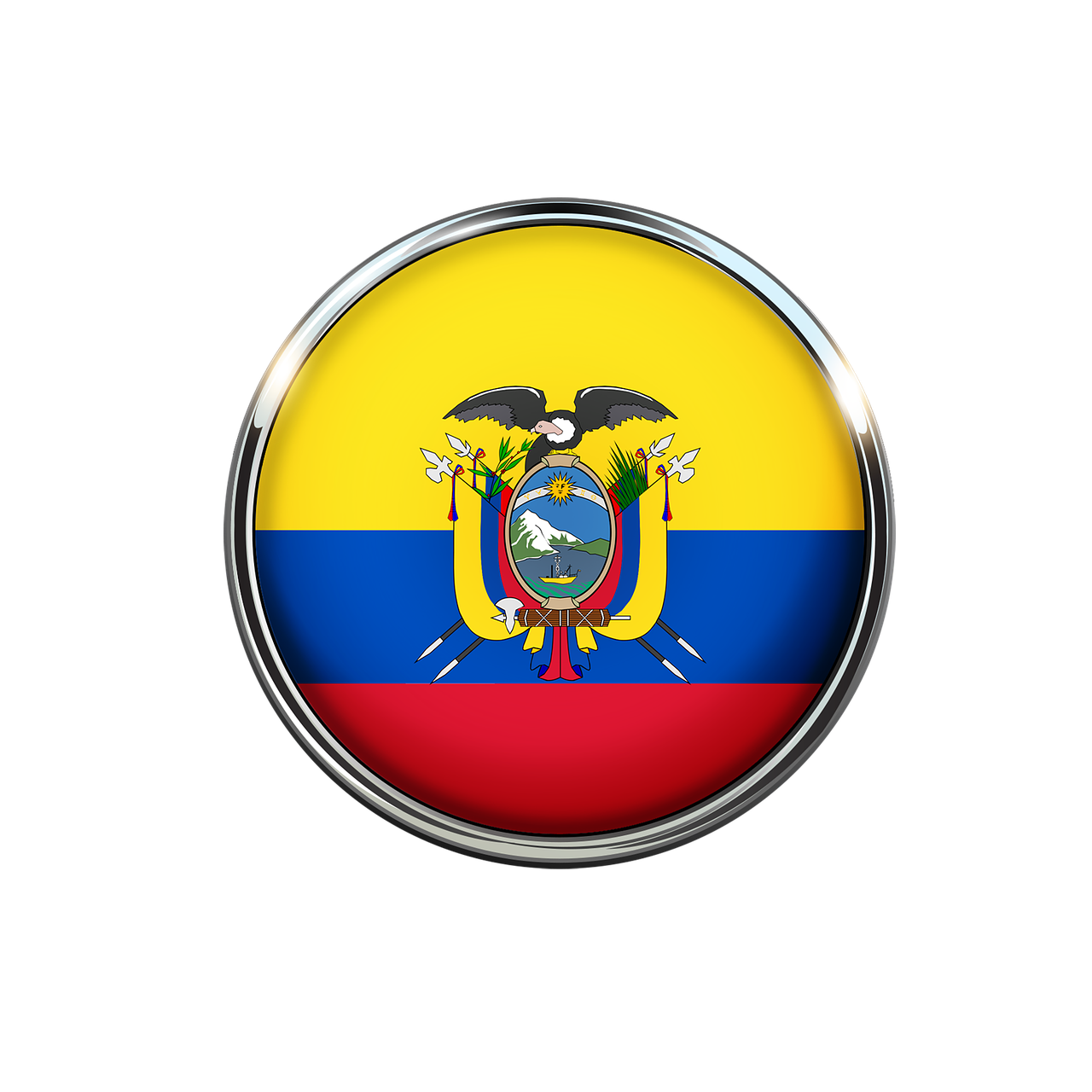If you are a family-based conditional permanent resident who was issued a two-year green card based on your marriage to a U.S. Citizen, then you may be interested to know that the U.S. Citizenship and Immigration Services (USCIS) recently updated its policy guidance for Form I-751 Petition to Remove Conditions on Permanent Residence.
The new policy guidance provides new updates for the following individuals:
- Conditional permanent residents who filed an I-751 petition jointly with their spouse, but are no longer married since their filing (either because of divorce or abuse)
- Cases where the I-751 petition is being terminated for failure to file the application on time with USCIS or lack of evidence.
Overview
By law, your permanent resident status is conditional if you were married to a U.S. Citizen for less than 2 years on the day you obtained permanent resident status.
This means that at the end of your I-485 adjustment of status (green card) application process, you will receive conditional permanent residence (a 2-year green card) if you were married for less than 2 years at the time of the adjudication of your I-485 adjustment of status application. On the other hand, those who have been married for more than 2 years receive a 10-year green card that is not subject to conditions.
To remove the conditions on permanent resident status, conditional permanent residents must file Form I-751 Petition to Remove Conditions on Permanent Residence within the 90-day period before the expiration of their green card status. The I-751 petition must be filed jointly with your U.S. citizen spouse, or you must qualify for a waiver of the joint filing requirement if you are no longer married.
 Visa Lawyer Blog
Visa Lawyer Blog











